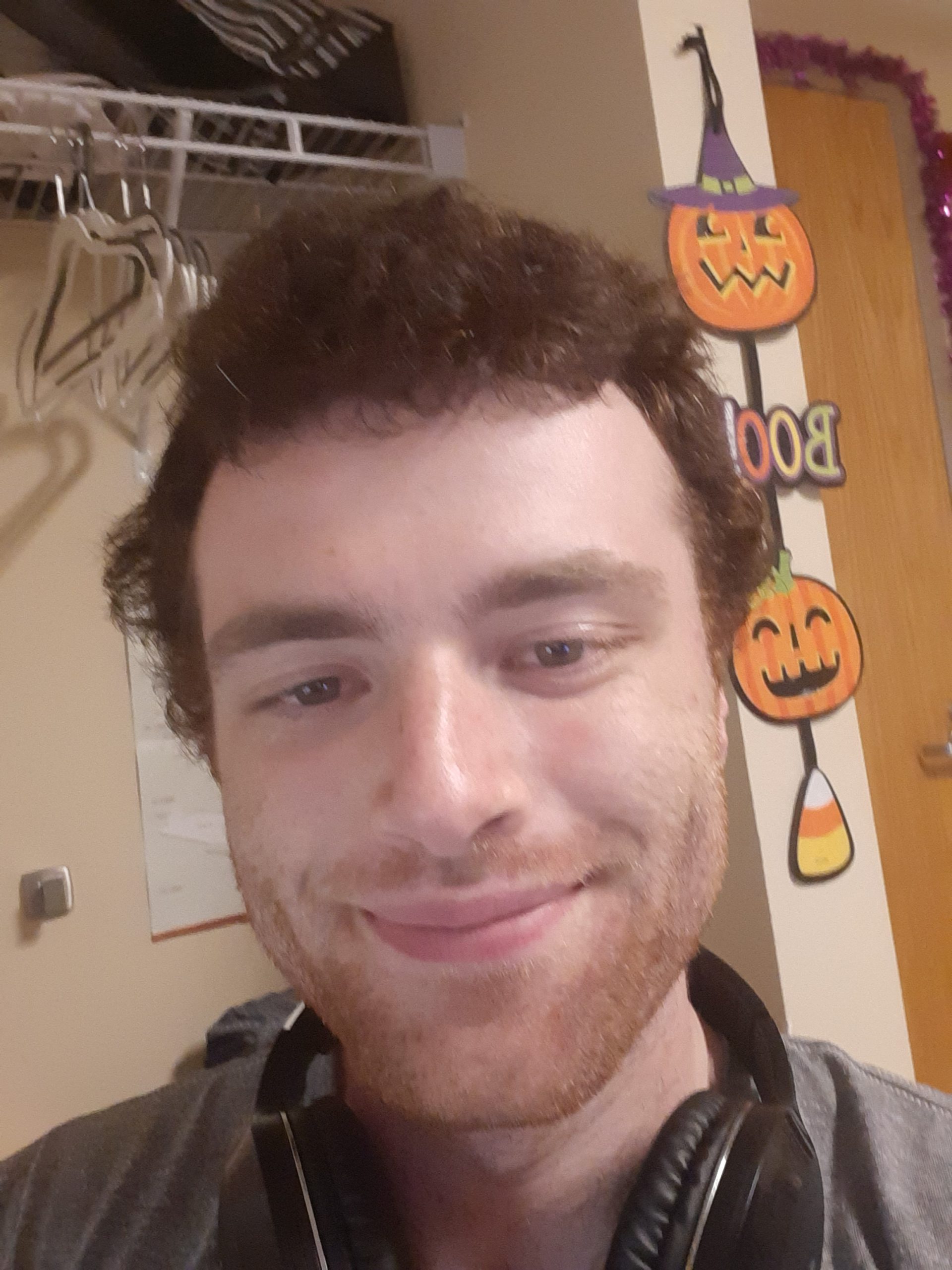Live Poster Session: Zoom Link
Thursday, July 30th 1:15-2:30pm EDT
Abstract: The traditional approach to realizing a device typically relies on familiar materials and geometries, guided by some derivative notions about the underlying physical mechanisms. Recently, the confluence of additive manufacturing, computer numerical control (CNC) machining and advanced computational paradigms such as inverse design is poised to reveal a plethora of enhanced architectures and novel structural platforms, useful in various areas of science and technology and covering every possible resolution domain from nano to macro-scale. In contrast to the traditional direct approach, inverse design starts from a target functionality and arrives at the optimal materials and geometries by quantitatively exploiting the full physical model under consideration with the aid of numerical tools such as heuristic search procedures like genetic algorithms or large-scale gradient-based adjoint optimization, as well as state-of-the-art machine-learning techniques such as artificial neural networks. This project aims to develop an inverse design computational scheme that customizes electromagnetic transport in non-linear media. Our goal is to implement this method for the realization of a broad class of photonic devices like reflective limiters with broad-band low incident power transmittance, broad-band isolators, high-efficiency up/down frequency convertors for night vision, or even invisibility cloaks.
Joes-posterLive Poster Session: Zoom Link
Thursday, July 30th 1:15-2:30pm EDT


